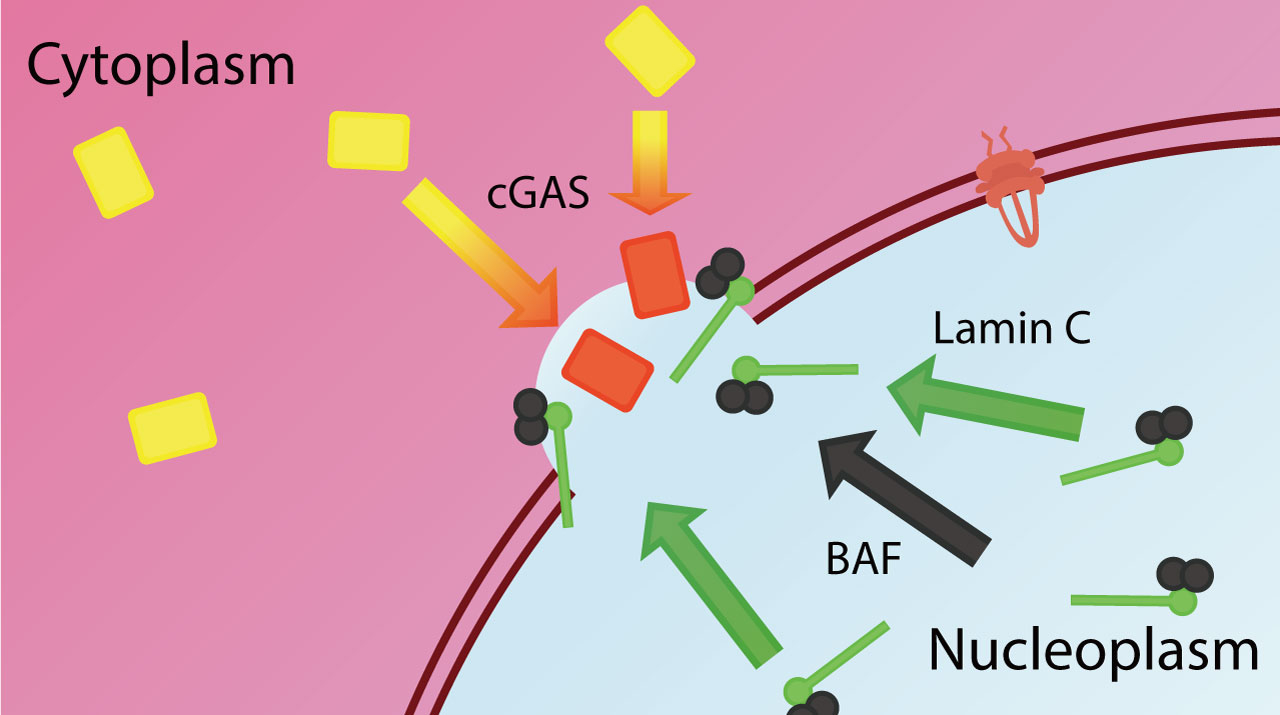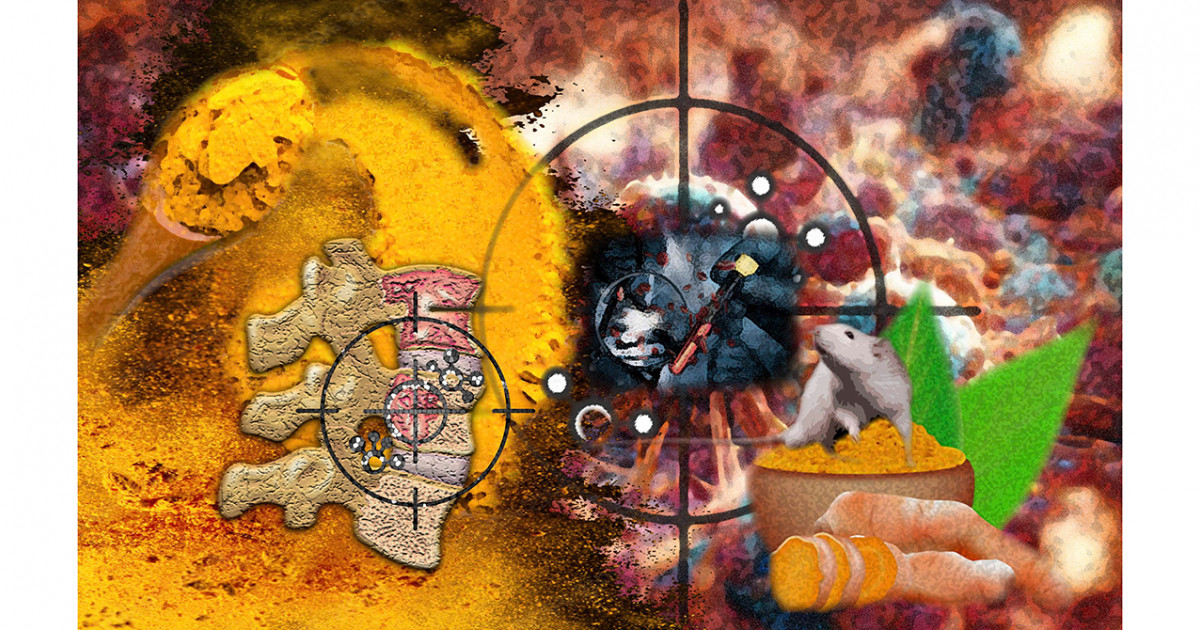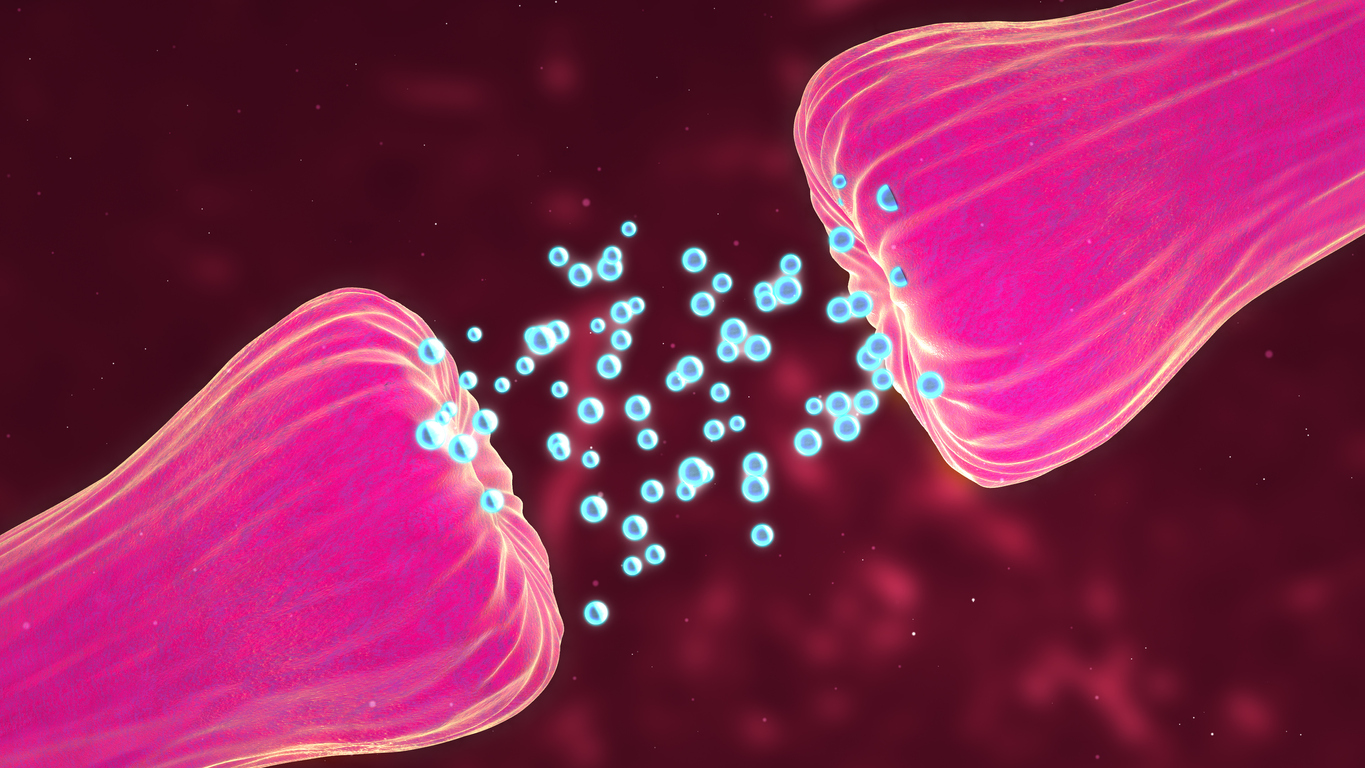Many years have been spent by scientists from around the world trying to develop vaccinations against various forms of cancer, but they haven’t had much success. The researchers at the Tufts School of Engineering believe they have discovered a pretty good one. By administering a vaccination that is so potent and powerful that it eliminates tumours and prevents them from returning, researchers have discovered a method for specifically targeting cancer in mice.
The Pfizer and Moderna cancer vaccines and COVID vaccines deliver mRNA in minute lipid (fat molecule) bubbles that eventually bind to body cells. As a result, the cells can produce viral antigens, which are viral pieces that activate the immune system, and “read” the mRNA.
The lipid nanoparticles used in the cancer vaccine can target the lymphatic system, where immune cells are “educated,” resulting in a much higher immune response. The cancer vaccine, on the other hand, uses mRNA that codes for antigens that are often found in cancer cells.
Professor of biomedical engineering Qiaobing Xu stated that the team is leveraging lipid nanoparticle delivery technology to create the subsequent generation of mRNA vaccines. These vaccinations may target particular tissues and organs. They were able to sidestep a lot of the issues that other researchers experienced while developing cancer vaccines by concentrating on the lymphatic system.
Clinical trials for more than 20 cancer vaccines based on mRNA have already started, despite the fact that the majority of mRNA is found in the liver. Although liver-produced antigens can still elicit an immune response, liver inflammation and injury continue to be issued. The immunological response would be stronger and persist longer if more of the vaccine reached the lymphatic system, where B cells, T cells, and other immune system cells learn how to ward off invaders.
It was already being done to deliver gene therapy to the lungs and gene editing packages to the brain and liver using lipid nanoparticles (LNPs), which Xu and his colleagues developed. This was done to treat a mouse model of a hereditary illness. The lipids and other ingredients that make up the chemical makeup of the bubbles are altered to target until the researchers identify a mixture that prefers to get to the target organ. In this instance, they administered them to mice and discovered an LNP in the lymph nodes. The scientists hypothesise that LNPs surface-collect substances from the bloodstream. The target organ’s specialised receptors are then bound by these substances.
The LNPs used in the Pfizer COVID-19 vaccine was discovered to have a fourfold greater likelihood of reaching the liver than the lymphatic system. The new LNP from the Tufts researchers turned this selection on its head and made lymphatic distribution three times more likely than liver distribution.
The lymphatic system, which contains the lymph nodes that enlarge when there is an infection, is one of the main vaccine targets since that is where immunity to a foreign antigen, or in this case, a cancer antigen, is built up. If you imagine the lymph nodes as the boot camp where B cells and T cells are educated to be more successful against the enemy, think of the lymph nodes as the battlefield where viruses, bacteria, parasites, and tumours are fought.
The immune system’s “drill sergeants,” dendritic cells and macrophages, who transport antigens to T and B cells and aid in turning them on, are crucial for this training.
Even though the lymph nodes received more of the cancer vaccine than the dendritic cells and macrophages, Tufts researchers discovered that only approximately a third of these cells did. A higher immune reaction to tumours that contain the same antigen as the vaccine is possible with more “drill sergeants,” more trained B and T cell “soldiers,” and more “drill sergeants.”
The researchers came to the same conclusion. When combined with a drug that stops cancer cells from stopping the immune system from working, the lymph-targeted vaccination stopped tumours from growing in mice with metastatic melanoma and led to a 40% complete response rate (no tumors) with no long-term recurrence.
None of the animals that received injections of metastatic tumour cells developed new tumours after being in complete remission. This shows that the cancer vaccine helped the immune system remember the disease very well.
Story Source: Original press release by Tufts University. Note: Content may be edited for style and length by Scible News.
References.
Jinjin Chen, Zhongfeng Ye, Changfeng Huang, Min Qiu, Donghui Song, Yamin Li, Qiaobing Xu. Lipid nanoparticle-mediated lymph node–targeting delivery of mRNA cancer vaccine elicits robust CD8 + T cell response. Proceedings of the National Academy of Sciences, 2022; 119 (34) DOI: 10.1073/pnas.2207841119







